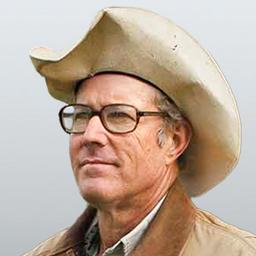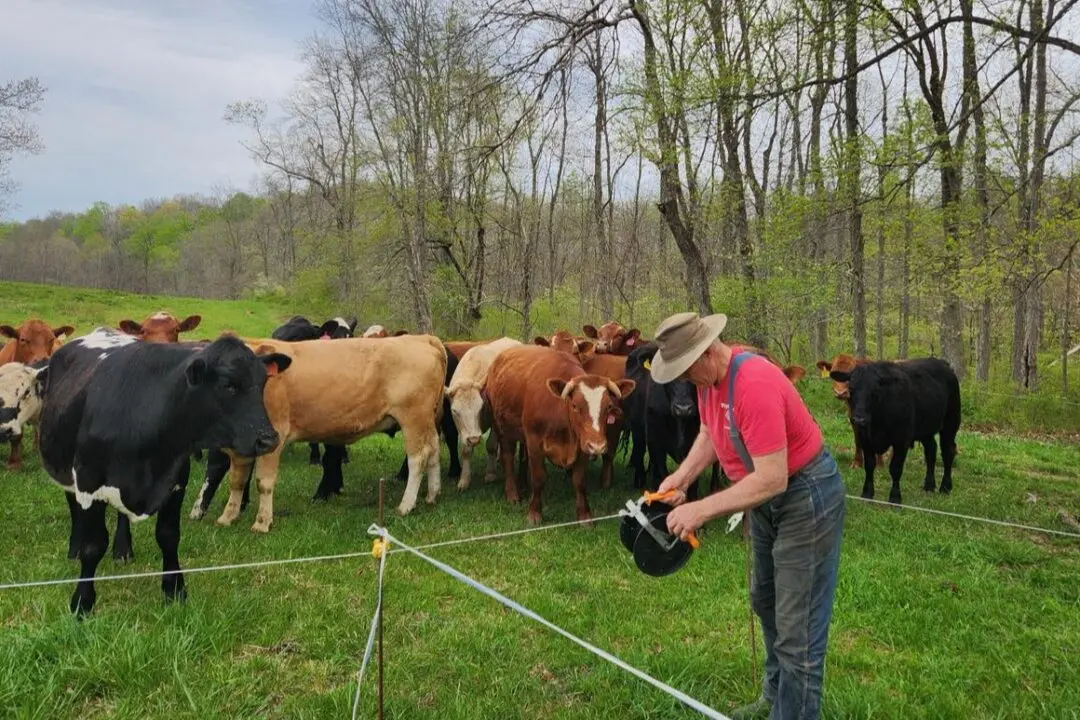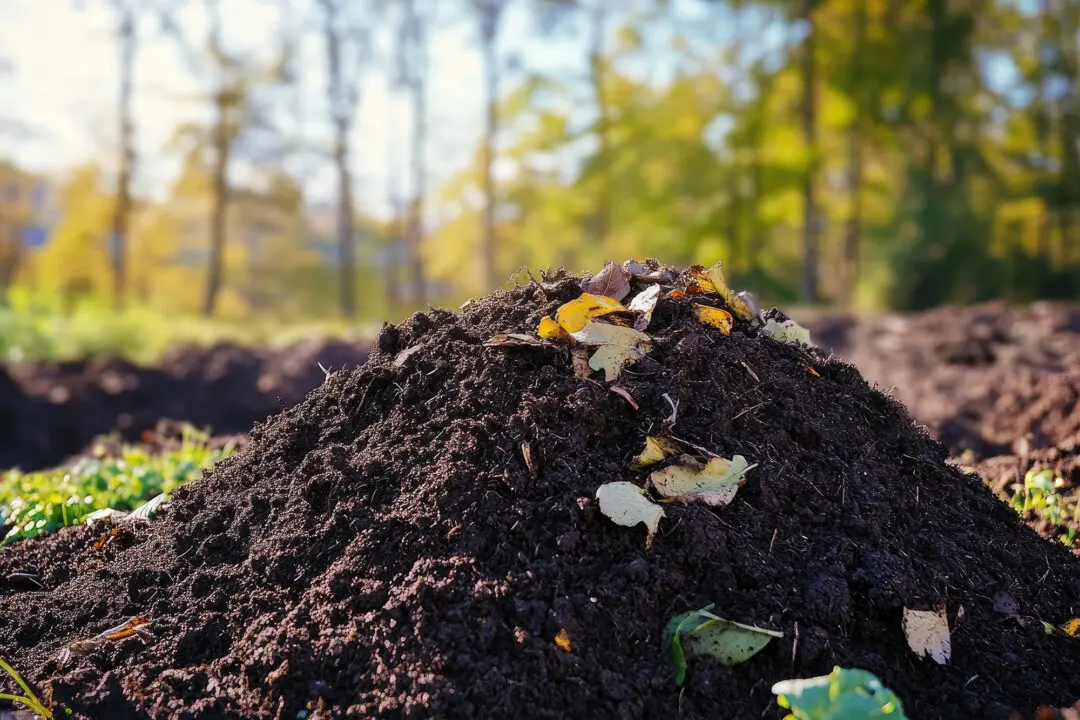Commentary
I grew up in a conservative schizophrenic Christian home. Why schizophrenic?Because we were conservatives who believed in compost instead of chemicals. Our church friends during the 1960s and ‘70s were straight-laced Bible folks who preached the Genesis “dominion” mandate. In school at that time, we learned the term “manifest destiny” to justify exploiting an empty North America by civilized Europeans.





